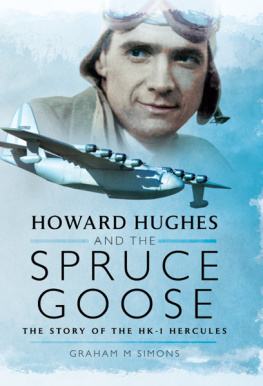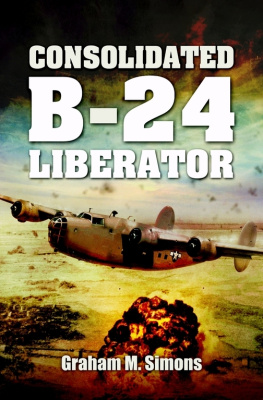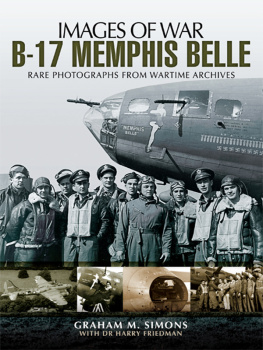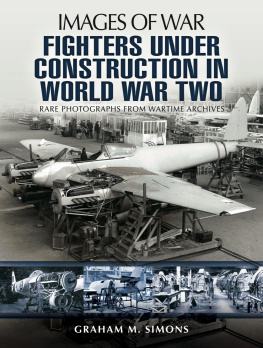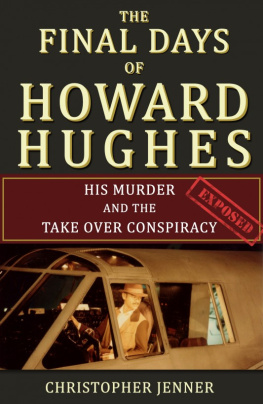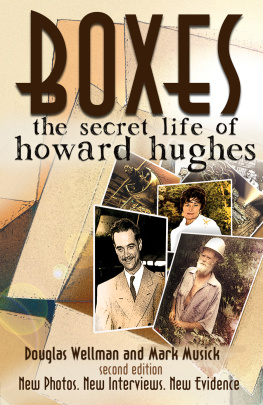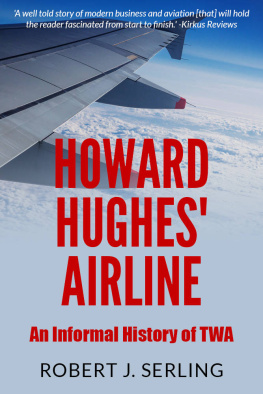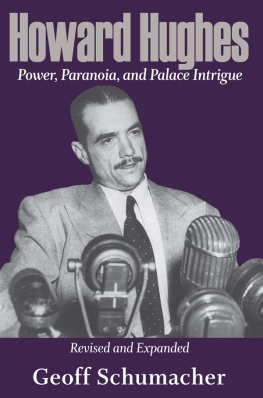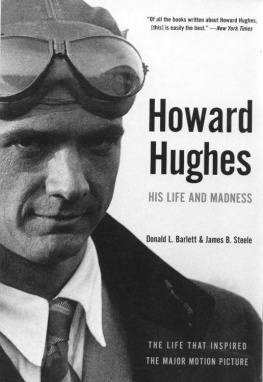First published in Great Britain in 2014 by
Pen and Sword Aviation
An imprint of
Pen & Sword Books Ltd
47 Church Street
Barnsley
South Yorkshire
S70 2AS
Copyright Graham M. Simons, 2014
ISBN: 978 1 78383 155 5
PDF ISBN: 978 1 47383 949 6
EPUB ISBN: 978 1 47383 878 9
PRC ISBN: 978 1 47384 020 1
The right of Graham M. Simons to be identified as Author of this work has been asserted by him in accordance with the Copyright, Designs and Patents Act 1988.
A CIP catalogue record for this book is available from the British Library
All rights reserved. No part of this book may be reproduced or transmitted in any form or by any means, electronic or mechanical including photocopying, recording or by any information storage and retrieval system, without permission from the Publisher in writing.
Printed and bound in England
By CPI Group (UK) Ltd, Croydon, CR0 4YY
Pen & Sword Books Ltd incorporates the Imprints of Pen & Sword Aviation, Pen & Sword Family History, Pen & Sword Maritime, Pen & Sword Military, Pen & Sword Discovery, Wharncliffe Local History, Wharncliffe True Crime, Wharncliffe Transport, Pen & Sword Select, Pen & Sword Military Classics, Leo Cooper, The Praetorian Press, Remember When, Seaforth Publishing and Frontline Publishing
For a complete list of Pen & Sword titles please contact
PEN & SWORD BOOKS LIMITED
47 Church Street, Barnsley, South Yorkshire, S70 2AS, England
E-mail:
Website: www.pen-and-sword.co.uk
CONTENTS
ACKNOWLEDGEMENTS
A project of this nature could not be undertaken without considerable help from many organisations and individuals.
Special thanks must go to Col. Richard L Upstromm and Tom Brewer from the USAF Museum, now the National Museum of the USAF for the provision of photographs and details.
Background to the development and procurement of the project can be found in published and unpublished primary source research material in the form of memoranda, policy statements and other documents from the Army Air Corps, the USAF as provided by Lynn Gamma and all in the U.S. Air Force Historical Research Center at Maxwell Air Force Base, Montgomery, Ala. The same applies to the valuable services provided by the History Office of the Air Technical Service Command, Wright Field, Dayton, Ohio and the Public Affairs Office, Edwards Air Force Base. Much other primary source documentation is also located in the National Archives and Records Administration at College Park, Maryland.
The archives of the National Advisory Committee for Aeronautics provided access to all their relevant material, as did the archives of the Institute of Aircraft Production.
Special thanks should go to Simon Peters, for the use of his collection, which includes fragments of the archives of G Geoffrey Smith MBE, the managing editor of Aircraft Production.
Thanks should also go to Brian Cox, Martin Bowman and Peter Green for allowing me to dip into their respective photographic collections and archives. Personal thanks must also go to David Lee, the former Deputy Director and Curator of Aircraft of the Imperial War Museum at Duxford, to John Hamlin and to Vince Hemmings, the former and premier curator of the East Anglian Aviation Societys Tower Museum at Bassingbourn.
The author is indebted to many people and organisations for providing photographs for this book, many of which are in the public domain. However, despite strenuous efforts, in some cases it has not been possible to identify the original photographer and so credits are given in the appropriate places to the immediate supplier. If any of the pictures have not been correctly credited, the author apologises.
Introduction
The Spruce Goose was an epithet that not only Howard Hughes loathed, but was also factually wrong. Whether one calls it the HK-1, the H-4 or Hercules - and its possible to choose any one you wish, for they all are correct - but the general public will usually give you a blank look. Call it the Spruce Goose, and almost everyone knows what you are talking about - hence the title of this book!
And as for the spruce aspect, well, nothing could be further from the truth - it was however, a catchy nickname that had a ring to it.
Allegedly, it came about though the considerable controversy which was to surround its funding. After US Senator Ralph Owen Brewster dubbed the HK-1 a flying lumberyard, the Spruce Goose nickname was coined by the popular press of the day - and it stuck!
To fully comprehend the major role played by Howard Hughes in the story of the Spruce Goose, it is necessary to try to know this man as he really was - something that even when he was alive was very hard to do. Today, with the myriad of fictionalised and erroneous stories that have been written about him it is impossible to discover what is real and what is Hollywood myth, and can be repudiated by facts. I do not intend to produce a work that is an attempt to picture a sainted Howard Hughes or a cover-up of his faults as a person; but rather to produce an honest effort to present the reader with the truth about one of the most remarkable men of the 20th century.
To accomplish this goal, consider this mans life and accomplishments unembellished by opinion and assumption. Then you will be able to clearly understand his personal growth and demise as the story of the Spruce Goose unfolds.
Howard Robard Hughes became known worldwide and yet was still a man of mystery to us because he was veiled in secrecy and seclusion. Many of those who knew him felt that they knew the real Howard Hughes, but actually they knew only part of this extremely complex man - the part he chose to reveal. Knowing him in one facet of his life could never reveal the total man and I do not think that one person was ever privileged to know all aspects of his life.
Howard Hughes was clearly not the easiest of men to work for. Unlike so many employers he was an enthusiast - and what may have been much worse, he was a well-informed, very wealthy enthusiast. Aviation was from a very tender age by far and away his greatest love and interest, anyone who sold him an aeroplane had to meet a detailed specification which back in the 1930s was unheard of; and that was merely to provide Hughes with a basis for modification.
Hughes it seems had very little contact with any but a handful of people in his organisation. Yet in those contacts he was always pleasant to the people who worked for him on the lower levels - those who got their hands dirty. Working higher up in Hughess organisation was worse; he would call in the middle of the night and talk for hours. One legend was that he regularly told his executives Look, the bankers and others I have to call during the day, but you work for me. I can call you any time.
It was often said that the executives lives were not their own. Sometimes hed give them hell, and right in front of anyone else present. Hed ask a question and if they blustered and came out with the BS hed tell them, If you dont know what youre talking about keep your goddamned mouth shut! Like most true engineers, all they had to say was I dont know, and he would accept and respect that. but to so many executives, admitting such a thing was a complete anathama.
By all accounts Howard Hughes Jr was no typical industrialist, aviator, or anything else of the period - he was one of a kind. Hughes developed a passion for privacy, but not for anonymity. He wanted to be left alone, but at the same time he wanted to be widely known, respected, and recognised but all on his terms.
He had a peculiar attitude of proprietorship over words and ideas and operated in secret and hidden ways. He formed the Rosemont Corporation to keep his name out of print, giving that organisation the sole right to any biographical material. Would-be biographers were either bought off or sued. His legal team drew up confidentially contracts that insisted on no talk clauses for his employees. His Romaine Street command post in Hollywood was protected by twenty-four-hour guards, electronic gadgetry and warning devices.
Next page
